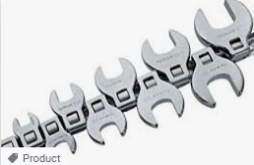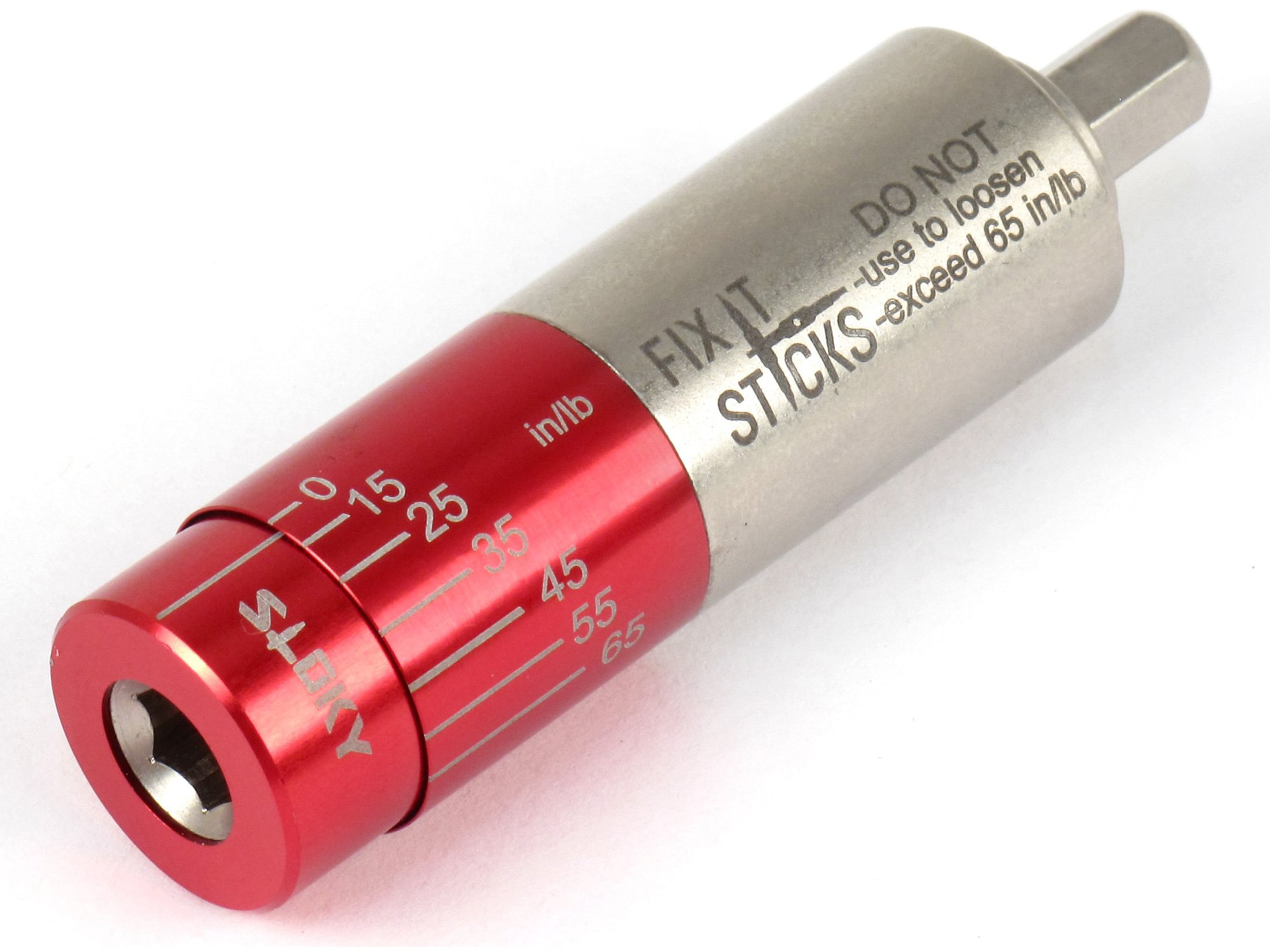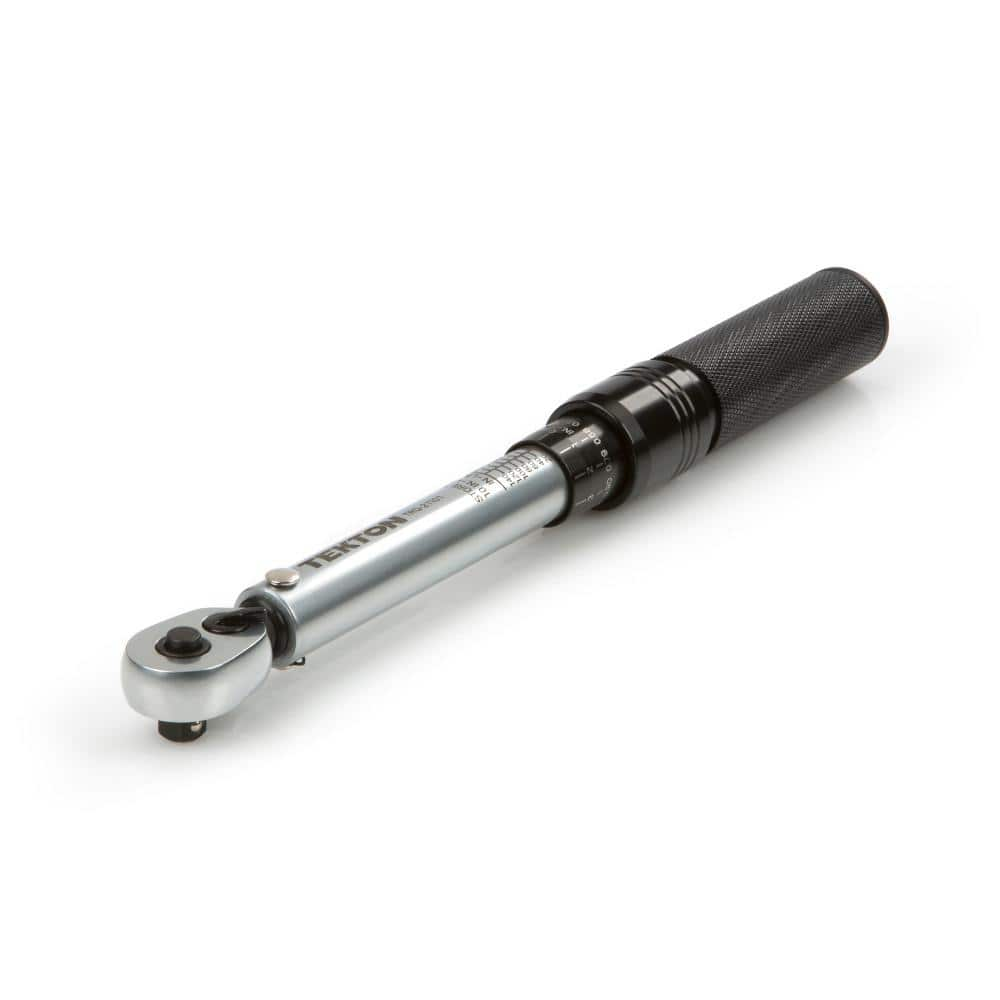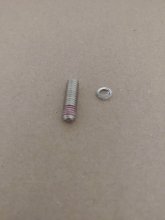If you want a more accurate method. Get a piece of unistrut and mount a socket extension in the middle. Mount an eye bolt at each end of the unistrut (the same distance from the middle to each end).That’s how I check mine. Starting point is to measure the weight of the handle itself (unless you are using so much weight it’s contribution is in the noise...).
just holding the torque wrench horizontally in a vice (or however) from the drive end and hanging known weights (including the weight of whatever setup is used to hang them) at measured distance from the drive shaft gives a pretty reliable and cheap-and-easy reality-check...
Mount the socket wrench in the vise and plug the socket extension into the wrench. Hang weight off one end until you get to the correct torque and verify the reading on the wrench. Then swap the weight to the other end and verify the torque in the opposite direction.
That is essentially how we calibrate lower capacity torque load cells. Except the ends of our torque arm have curved sectors and we use spring steel ribbons instead of rope to ensure we have a constant moment arm distance. Those torque arms are NIST traceable and cost a tremendous amount of money to buy and keep certified. We calibrate torque standards for other manufacturers.






